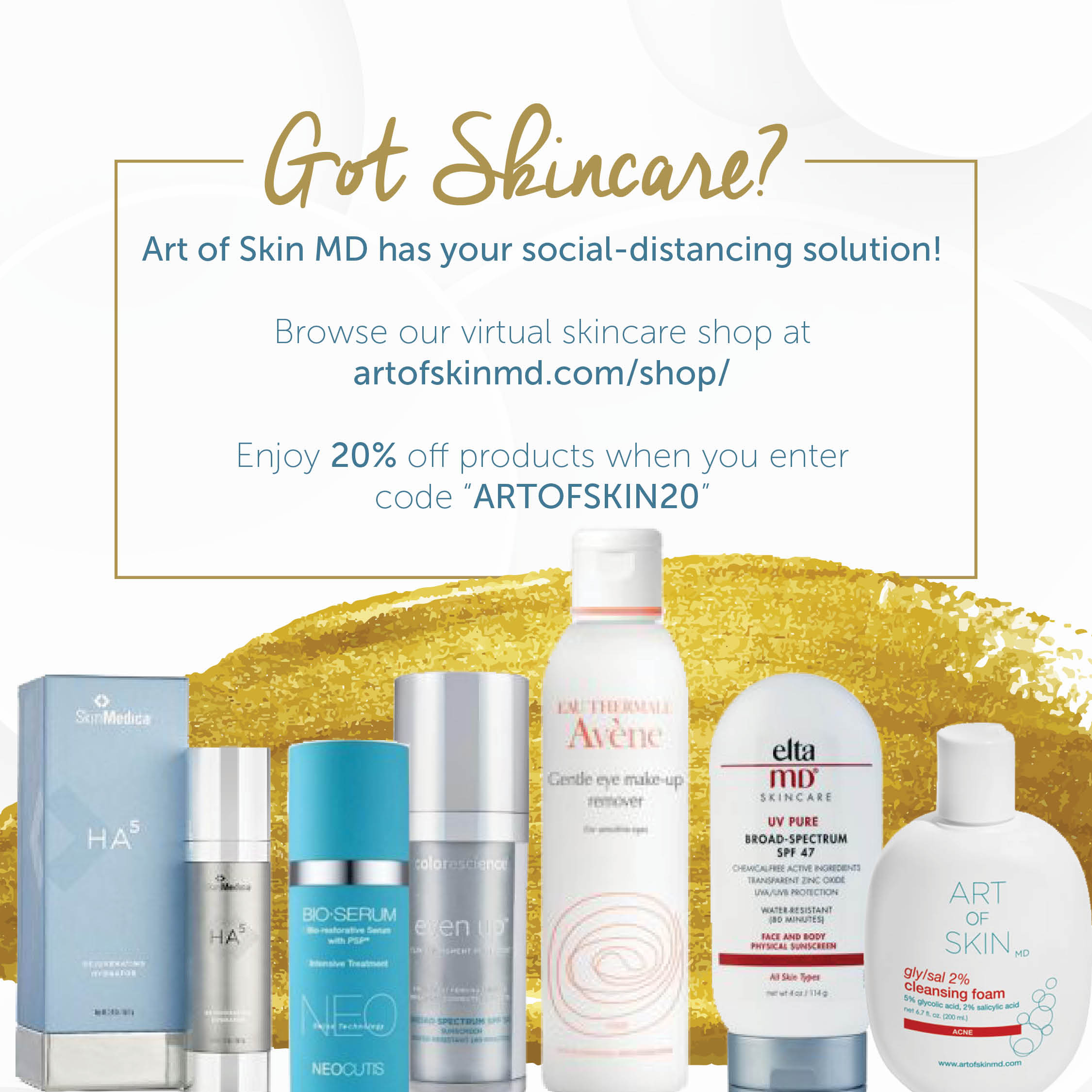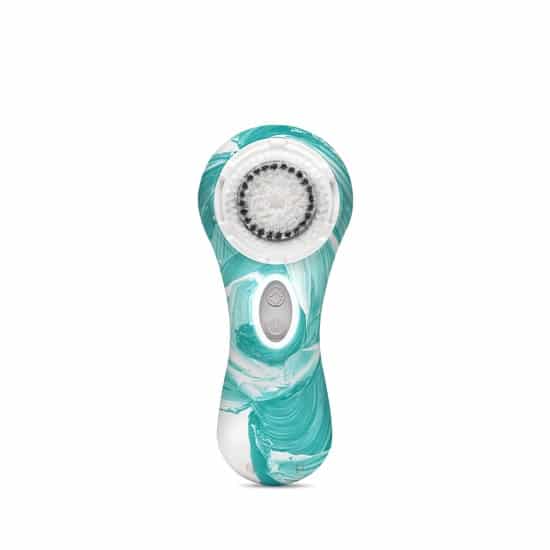Summer Skin – Get Ready to Glow!
Intro on my media work with Real Simple magazine
Today is one of the purest, most gorgeous sunny California days we have had this Spring. In honor of that, and the changing weather and sunnier days ahead, I wanted to share my conversation with Real Simple on summer skincare tips from the dermatologist. The magazine asked me to provide tips for switching gears for summer skin care, and I was more than happy to oblige.
In your prep for gorgeous summer skin, consider our SHOP at Art of Skin MD. Through the month of April, we are offering 20% off skincare products, with free shipping on orders totaling over $200!
Excerpts from my advice on summer skin glow will appear on news stands in July in Real Simple magazine!

A Q&A Session with skin guru Dr. Melanie Palm
-
Should your facial cleanser change? From what consistency or ingredients to what consistency or ingredients that are better for summer?
Summer skin means increasing temps and humidity levels so therefore your skincare products need to adapt to the changing needs of your skin during summertime. In general, lighter formulations, like gels, serums and lotions are better during summer months rather than heavier wintertime preparations like emollient creams.
Ingredient wise, you can typically downplay a bit of the rich moisturizing ingredients and rev up some of the skin rejuvenation ingredients, such as glycolic acid and retinol/retinoids. If you used a bakuchiol or growth factor containing topical in the winter, you don’t necessarily have to stop during summer. Both of these can boost the collagen-stimulating effect of vitamin A derivates when used simultaneously.
-
Should you continue exfoliating? Are acids still adequate? What kinds?
Yes, you can definitely continue exfoliating, but without such as strong need for sloughing off dull skin cells from cooler months, you can focus on more gentle agents like mandelic acid, lactic acid, polylactic acids, or even a lighter glycolic acid. For patients with “backne” – salicylic acid washes or peels are a great way to control breakouts and post-inflammatory hyperpigmentation.
A nice alternate to a physical exfoliating agent is a gommage. These gel preparations link to dead keratin of skin cells and pill up skin, giving a really smooth, clean, and even preparation for skincare. Sakura Silk is one of my favorite products in this skincare group.
-
I’ve heard people say that they feel sweatier when wearing moisturizer – both face and body – why might that be? What can they look for that might help with that?
It is likely ingredient dependent that someone feels sweatier or skin tackier after moisturizer application. Products that contain heavier emollient ingredients like trigylcerides, glycerin, cholesterol, squalane, or ceramides may need to be swapped out for lighter ingredients in labels such as hyaluronic acid or water.
-
Do you like products with menthol derivatives for cooling (like Menthone Glycerine Acetal)?
I’m not a fan unless you have a sunburn and need something soothing on the skin. Occasionally these ingredients can be irritating or cause a contact allergy on the skin. At most they give a very temporary sense of relief or cool sensation.
-
Are there certain body products that are better suited for summer than cooler months?
Quick absorbing products, perhaps with a little shimmer, bronzing, or self-tanning (I like organic ones) ingredients help with giving body glow. Some of the body oils are actually well formulated and quickly absorb without skin feeling greasy. You may also consider a whipped formulation or gel as well.
-
Any other tips on what should transition/be changed in your routine?
Summertime usually means more time outside. I love patients to use one of the compact mineral sunscreen brushes like ColoreScience or ISDIN, so that they can reapply a powder after their face or body is made up for the day. They are composed of physical sunscreen agents such as zinc oxide and titanium dioxide that reflect light back into the environment rather than converting light into heat energy as chemical sunscreens do.
It is also important that if you are using an ultrasonicating brush (e.g. Clarisonic), to consider when you last changed the brush head (they should be changed every 3 months), and consider a brush head for the body to buff any rough spots away.
Facial cleansing brushes more effectively remove makeup, dirt, oil, sebum, and cellular debris. In the morning, they provide a clean canvas of skin for skincare, sunscreen, and makeup. In the evening, it sweeps off environmental debris.
For more information on summer skincare tips and skincare products for a glowy finish, contact Art of Skin MD at 858.792.SKIN (7546) or email info@artofskinmd.com



